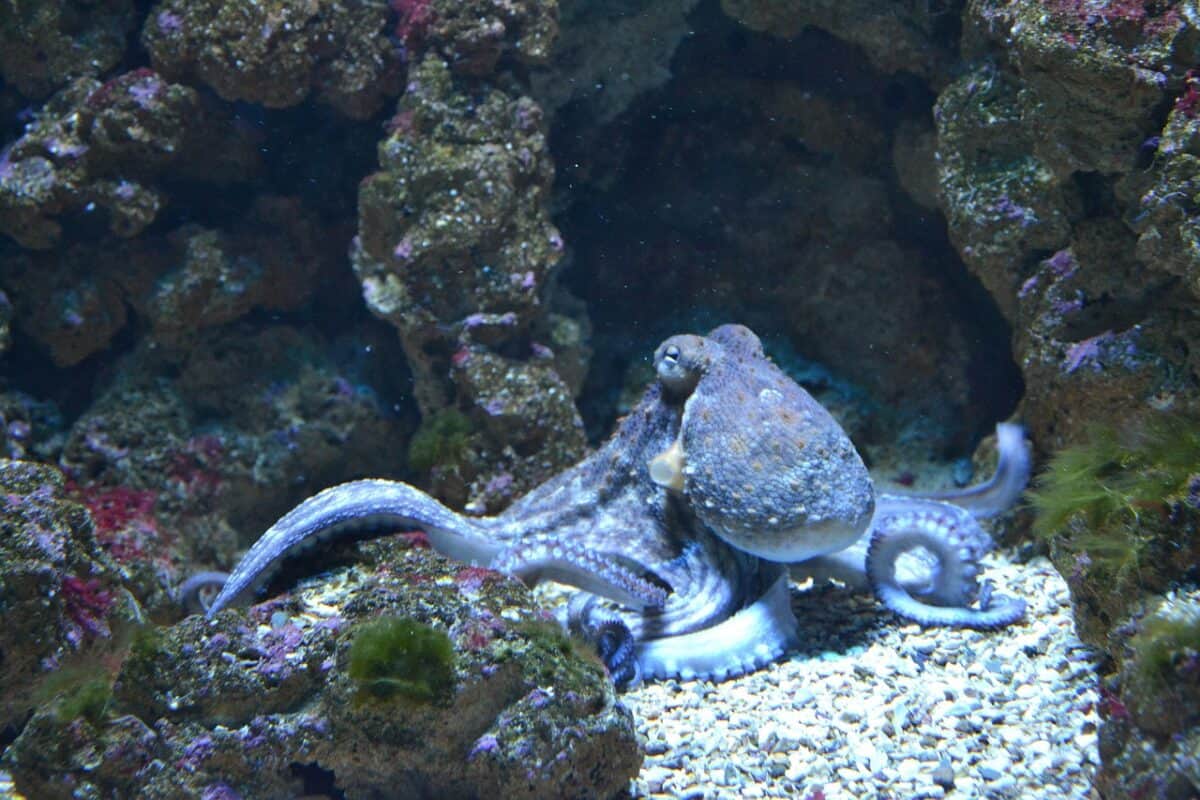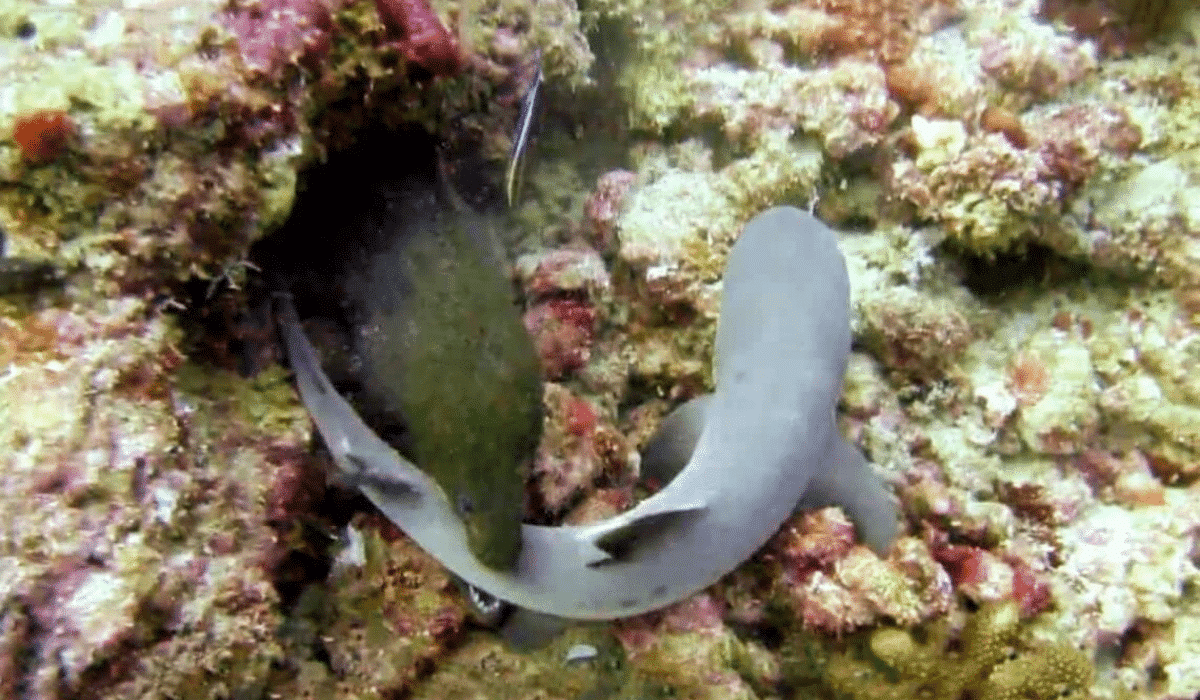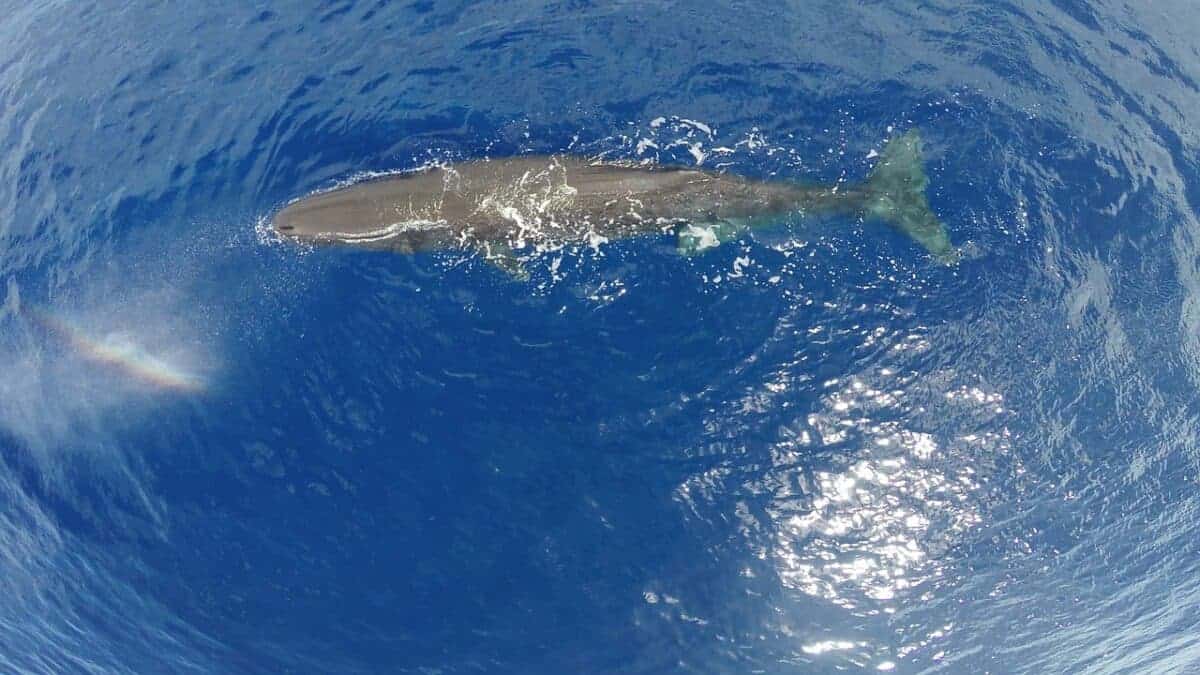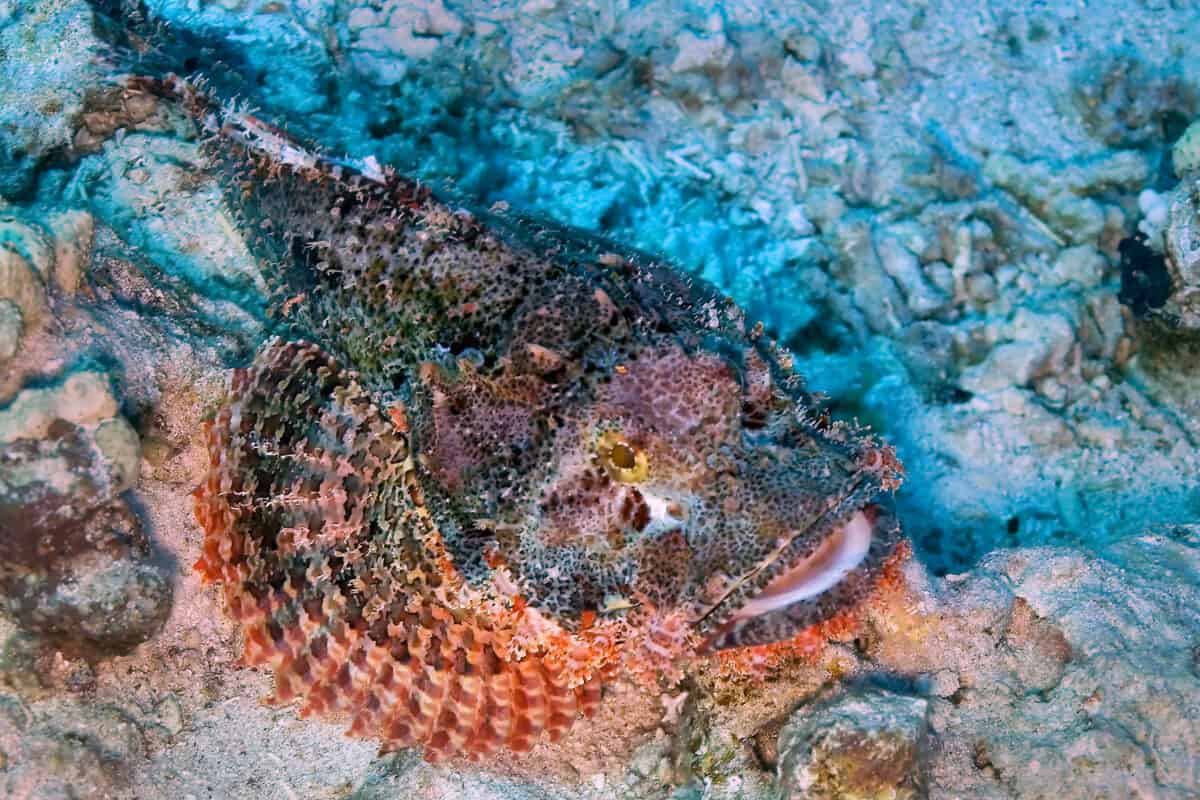The deep blue oceans of our planet aren’t just vast; they are vibrant ecosystems teeming with life, making them ideal hunting grounds for predators with cunning strategies. In a world where survival often hinges on wit as much as strength, certain marine predators stand out for their extraordinary intelligence and adaptability. Let’s dive into the intriguing lives of these underwater tacticians who outsmart their prey in some of the most ingenious ways.
10. Orcas: The Apex Coordinators

Orcas, also known as killer whales, are renowned for their remarkable coordination and intelligence. These social animals often hunt in pods, employing complex strategies to outmaneuver their prey. From creating waves to wash seals off ice floes to using echolocation to pinpoint prey, orcas demonstrate remarkable problem-solving skills akin to those of wolves on land.
9. Octopuses: The Master Escape Artists

Armed with a soft body that can squeeze through minuscule gaps and an exceptional ability to change color and texture, octopuses are masters of deception and escape. These cephalopods can rapidly alter their appearance to mimic predators or slip into narrow crevices to avoid threats. Their intelligence is further highlighted by their ability to use tools, a rare trait among marine animals.
8. Great White Sharks: The Silent Hunters

While great white sharks are often perceived as brute hunters, their success largely depends on stealth and surprise. These apex predators utilize their acute sense of smell and electromagnetic field detection to track prey miles away. They often strike with great speed from below their unsuspecting targets, making them formidable hunters.
7. Dolphins: The Cooperative Strategists

Dolphins are celebrated for their intelligence and playful nature, but they are also skilled hunters. These marine mammals use sophisticated methods such as “bubble netting,” where they work together to trap fish in a wall of bubbles. Dolphins communicate and synchronize their movements to maximize their chance of a successful hunt.
6. Moray Eels: The Ambush Specialists

Moray eels deploy a unique hunting technique that involves lurking in crevices waiting to ambush passing prey. With their elongated bodies and a second set of jaws, known as pharyngeal jaws, they can ensnare and secure prey with precision and speed, often catching their victims off guard.
5. Sea Lions: The Agile Predators

Sea lions are agile acrobats in the water, capable of spectacular hunting displays. They leverage their swift swimming abilities to chase down and capture fish, with some species even demonstrating the ability to coordinate among themselves to herd fish. Their playful demeanor often belies a lethal hunting efficiency.
4. Sperm Whales: The Deep Divers

Sperm whales are the deepest divers among marine mammals, reaching depths of over 7,000 feet. This capability allows them to hunt the elusive giant squid. By using echolocation, sperm whales can navigate and hunt in the pitch-black depths of the ocean, displaying a level of specialization and adaptation unrivaled by many sea creatures.
3. Stonefish: The Camouflaged Predators

Stonefish are experts at staying hidden. Their mottled colors and textured skin make them nearly indistinguishable from surrounding rocks and coral. This camouflage allows them to lie in wait, often motionless for hours, until unsuspecting prey comes near enough to strike with lightning-fast reflexes.
2. Box Jellyfish: The Deadly Drifters

Although they might seem passive, box jellyfish are lethal hunters. They possess sophisticated eyes and the ability to actively swim towards prey. Their tentacles’ venom is potent enough to paralyze fish almost instantly upon contact, showcasing a deadly efficiency that compensates for their seemingly simple anatomy.
1. Lionfish: The Invasive Hunters

Lionfish, with their striking appearance and venomous spines, have become infamous as invasive predators in many regions. They use their elaborate fins to herd small fish into tight groups, making them easier to capture. With few natural predators, lionfish effectively use their predatory skills to wreak havoc in foreign ecosystems.
In the mesmerizing and often perilous world of the ocean, survival demands not only physical prowess but also strategic thinking. These ten marine predators exhibit a fascinating blend of intelligence and instinct, showcasing nature’s remarkable capacity for innovation. From the cooperative hunting strategies of dolphins to the amburous tactics of moray eels, these oceanic hunters remind us of the complex and dynamic ecosystems that lie beneath the waves. Whether they are the apex coordinators or silent hunters, each species demonstrates unique adaptations that reflect the intricacy and wonder of marine life.
- The Largest Hailstones Ever Recorded in the US—And Their Impact - August 17, 2025
- Koalas Sleep More Than Sloths - August 17, 2025
- How Wild Dolphins Use Medicinal Coral to Heal Wounds - August 17, 2025

